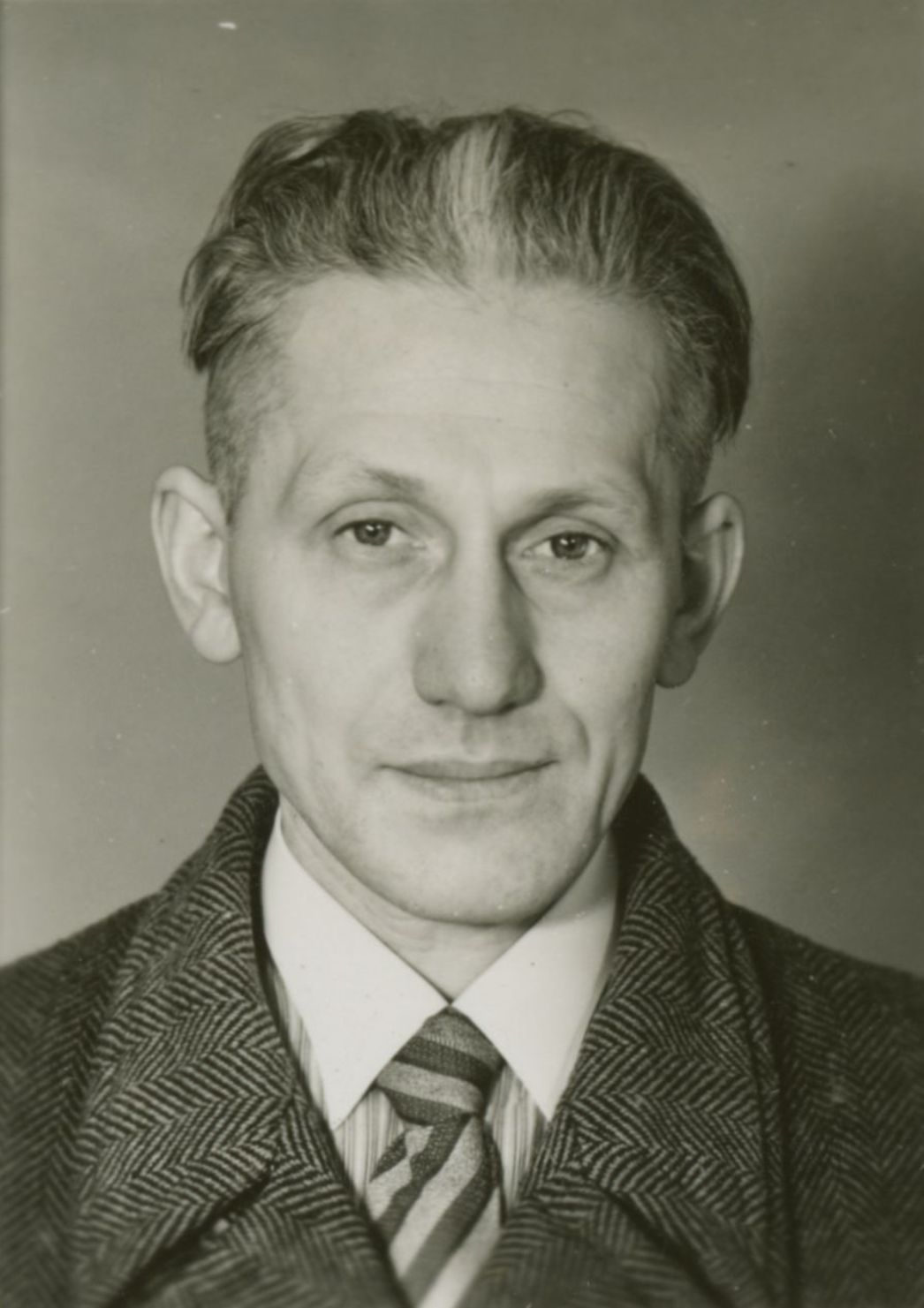Transcript
Narrator The Gestapo wanted to know whether he knew why he had been sent to a concentration camp. No, Peter Pollmanns did not know; it was still not clear to him. This was in January 1942. He had just been arrested for the second time. He was now being accused of “dawdling at work” and “defiant behaviour”. He was, they said, disturbing the “operational peace” and the “propensity to work” of his colleagues at a painting business in Düsseldorf. At this point he had two years of detention at the Buchenwald concentration camp behind him. The present discussion was about committing him to a concentration camp again. According to the Gestapo, his behaviour threatened “the security of the Reich”.
Peter Pollmanns was a house painter by trade. Already in 1938, when he was arrested for the first time, he looked back on a working life with ups and downs. An injury he had received in the First World War – a bullet lodged between his lungs and ribs – had caused him great trouble since the war. He was not able to do heavy physical work.
As well as he could, Peter Pollmanns kept afloat as a self-employed painter – not easy in times of economic crisis. His marriage failed; he was not able to provide for his wife and daughter. This gave cause to imprison him for a month, for “failing to pay alimony.”
In 1933, his condition got worse. He had to apply for financial support at the welfare office and was then assigned jobs. He accepted the work he was able to physically carry out, but turned down those jobs he was unable to perform. For this reason, the welfare office denied him all payments a number of times.
Because Peter Pollmanns was often employed on a merely short-term basis and had a criminal record in addition, the authorities became aware of him. Despite his injury the welfare office considered him “capable of work without reserve” and made this note in his file: “In his case, a particular push to get him to work seems called for.”
In the spring of 1938 – he had just found new employment – Peter Pollmanns was arrested. He was one of more than 4,000 men who were committed to Buchenwald between April and June. They wore a black triangle on their jackets, which marked them as “work shy” or “asocial”. Whilst building the camp, they were to learn “order, discipline and regular daily activity”. This was how the Gestapo, the police and the welfare officials saw it and their offices worked hand in hand in carrying out the arrest of Pollmanns and others like him.
Peter Pollmanns remained in detention until April 1940. At this point his “conduct and efficiency” were “now flawless”. He was transferred directly to a new position, working again as a painter in Düsseldorf for the next year and a half.
Two years later, a complaint on the part of his employer brought him once again into the machinery of persecution. According to this complaint, he had worked slowly and did not even come to work on some Saturdays. The Gestapo interpreted his behaviour as “work sabotage” and additionally accused him of having a “subversive attitude” because he had dared to complain loudly about his arrest.
On the 9th of April 1942, Peter Pollmanns was taken to Buchenwald for the second time. This time he was considered “recidivist work shy” and was forced to do heavy physical labour in the quarry. His body could not endure the burden for long. On the night of the 1st of August 1942, Peter Pollmanns died. The recorded cause of death: “acute cardiac insufficiency”.


